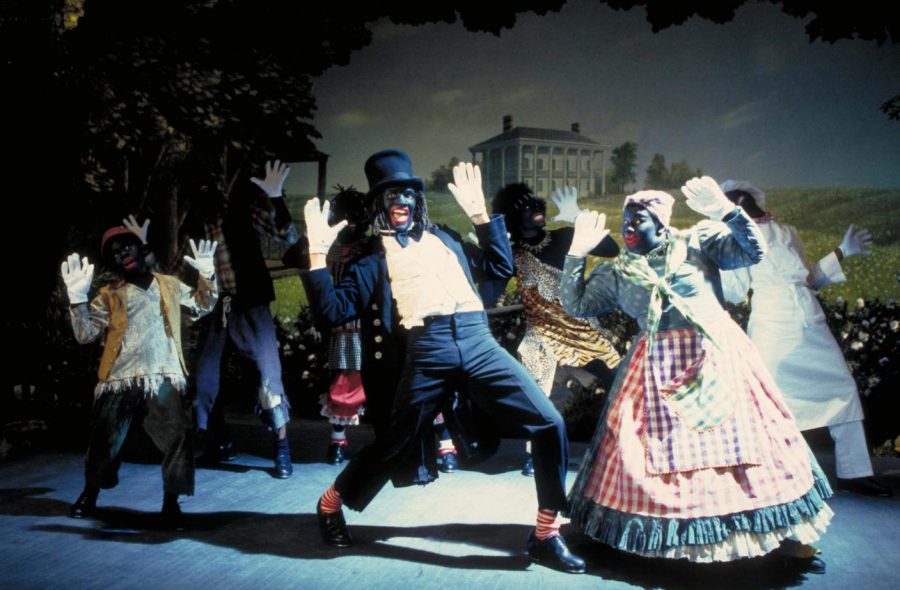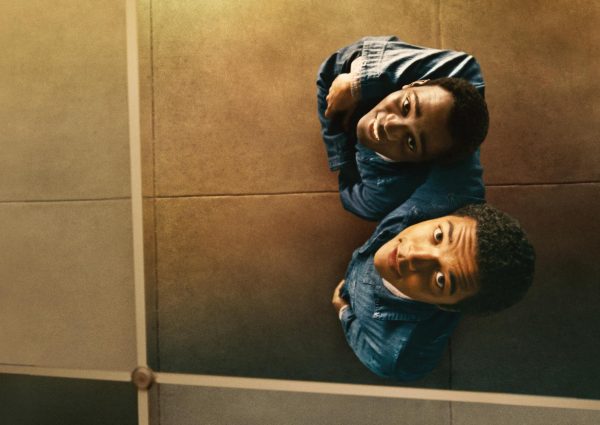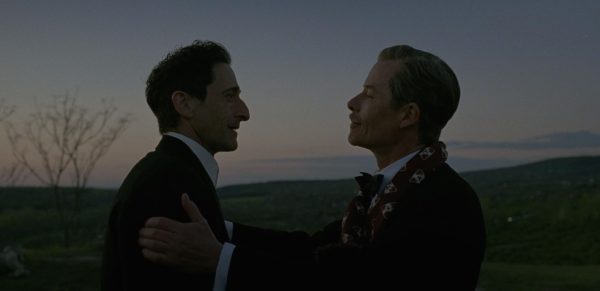Overlooked Oddities: Spike Lee’s ‘Bamboozled’ Found New Life in 2020
Of the thousands of films that come out every year, only ten or twenty have any meaningful effect on pop culture. The rest are forgotten to the pages of history, doomed to cinematic damnation at the bottom of a DVD bargain bin. However, not all films deserve this fate; some are waiting for their cult following to emerge from the depths of the internet. My goal in creating this monthly column is to help these films find their audience, examining the strange cinematic flops of the past 30 years and determining if they are worthy of modern day appraisal. Few of these films are perfect, but they are all unique and artistically challenging, perhaps none more so than our first case study, Spike Lee’s Bamboozled.
Bamboozled is perhaps the most bold creative endeavor of Spike Lee’s already provocative career. A bleak satire of racial representation within the media, Bamboozled stars comedian Marlon Waynes as Pierre Delacrox, an elitist television writer for the fictitious television network CNS. Frustrated by the network’s refusal to take him seriously, Delacrox pitches a modern day minstrel show in a desperate attempt to get fired. In a terrifying twist of fate, the network loves Delacrox’s idea, and thus Mantan: The New Millennium Minstrel Show is born; a variety show complete with blackface and sambo stereotypes.
Unsurprisingly, Bamboozled flopped upon commercial release. The film’s depiction of blackface proved contentious to say the least, scaring away audience members while dividing critics. Failing to recoup its meager budget, Bamboozled fell out of print, fading into obscurity.
Two decades after it’s disastrous release, Bamboozled began to undergo critical reappraisal, with many praising it’s razor-sharp social commentary. While still divisive, Lee’s film found new life in 2020, becoming a part of the Criterion Collection. Does this make Bamboozled truly an overlooked oddity, or is it simply a forgotten failure dug up from the grave?
Slightly over thirty seconds into the film, Pierre Delacrox offers a dictionary definition of “satire,” defining the word as a literary work that attacks human vice. Spike Lee spends the rest of Bamboozled’s lengthy running time dissecting that word, ruminating on how the media strips satire of any inherent value. Mantan is unmistakably racist, dehumanizing the black community for the sake of entertainment. However, both CNS and Delacrox himself defend the show as satire, using the word as a shield against sociological criticism, and the public is all too happy to comply.
Audiences, both black and white, engage in rapturous laughter as they watch gifted black performers debase themselves as languorous buffoons, compartmentalizing the show’s racism as cultural commentary. We refuse to entertain the idea that we are laughing at something wrong, instead subscribing to the belief that all politically incorrect humor is irony-stained social analysis. In doing so, satire no longer functions as a systemic critique, becoming nothing more than a vehicle for spreading problematic ideologies.
When television neglects to portray people of color with dignity, many can grow up under the assumption that their ethnicity is a source of shame, not pride. Bamboozled’s lead character proves that sentiment wholeheartedly. Pierre Delacroix is not an easy character to like; he’s arrogant, classist, and pretentious. Damon Waynes brings the character to life with a painfully performative accent—a creative choice that continues to invite harsh criticism. Many claim Lee’s contempt for the character prevented him from portraying Delacroix him with nuance, yet this cannot be further from the truth.
Nothing about Delacroix feels authentic, from his excessive articulation to his fictitious dialect. He tries his damnedest to separate himself from his ethnicity, referring to other African Americans not as “black” but as “n*groes.” Waynes plays this part beautifully, purposely alienating himself from the viewer by presenting Delacroix not as a man, but as a performance. Having grown up in a world where black people are unable to find success with dignity, Delacroix ends up seeing his race as a source of shame. Perhaps the greatest tragedy of Bamboozled is that Delacroix only finds success by promoting the racial stereotypes that destroyed his self image. Critics were right, it’s virtually impossible to take Delacroix seriously as a protagonist, and that’s precisely the point.
With all of it’s fascinating sociological subtext, it’s difficult to call Bamboozled a lost masterpiece. Lee crams so much commentary into his film that it threatens to buckle under the weight of his lofty ambitions. The needs of the characters are secondary to Lee’s satire, with plot points coming and going without much rhyme or reason. In many ways, Bamboozled works better as a statement than a linear story, yet I still can’t stop thinking about it.
There is comedy to be found within Bamboozled, but it’s hard to laugh when the film is so effective in its acidic social satire. Networks like BET and Tyler Perry Studios have made a fortune peddling the same racial stereotypes Delacroix promoted on his Mantan show. Lee’s anger feels all the more justified two decades later, and the film succeeds largely through his passion for the project. Bamboozled is almost impossible to watch, but it’s even more difficult to turn away.






